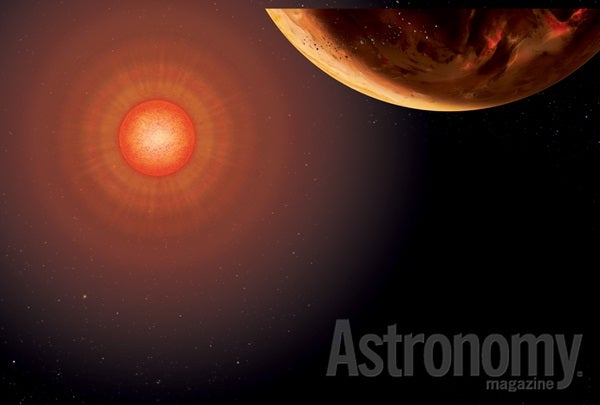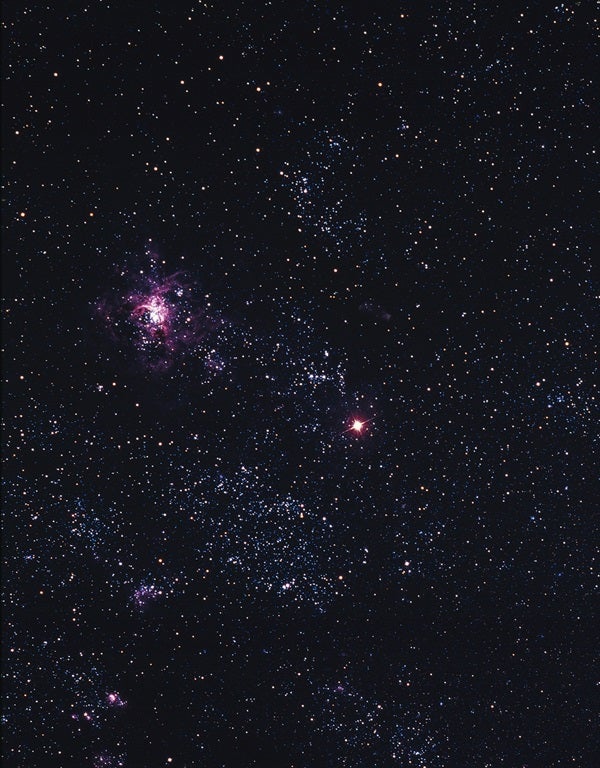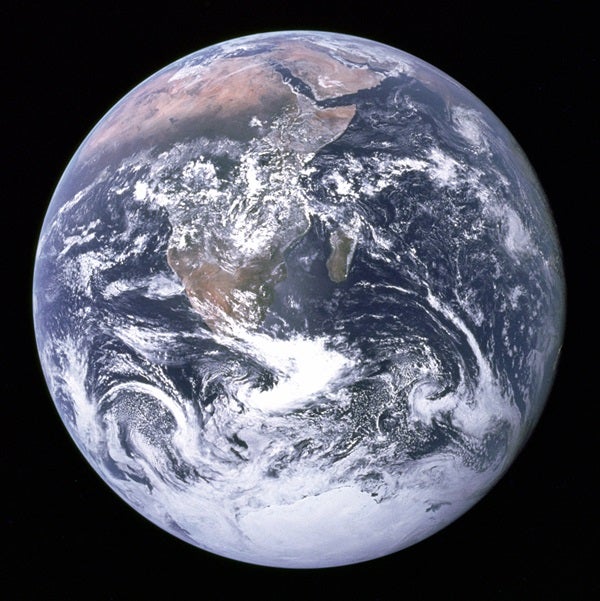There are few topics of greater interest and intrigue to everyone who has ever contemplated the cosmos. Everyone alive on the planet today, all 6.5 billion of us, has an interest in the question of Earth’s habitability — and the approximately 100 billion people who have ever lived on the planet would have been interested in this as well. From an astronomer’s viewpoint, the standard feeling about Earth’s habitability goes something like this: The Sun is about halfway through its main sequence life, about 4.6 billion years old and with 5 billion years left, so life on Earth should be about halfway through, as well, right?

Bringing the universe to your door. We’re excited to announce Astronomy magazine’s new Space and Beyond subscription box – a quarterly adventure, curated with an astronomy-themed collection in every box. Learn More >>.
So we know life on Earth has been around for at least 3.5 billion years. Why shouldn’t it continue for another 3.5 or even 5 billion years, until the Sun becomes a red giant? In a paper titled “The Goldilocks Problem” in Annual Review of Astronomy and Astrophysics in 1994, biologist Michael Rampino of New York University and physicist Ken Caldeira of Lawrence Livermore National Laboratory described how future climatic changes on Earth will adversely affect life. Three significant problems will challenge future life on Earth. And human beings, we must remember, are among the more fragile types of life on the planet, not the hardiest.
First is the looming rise in temperature brought to us by the Sun’s increasing radiation output. This will happen long before the Sun swells into a red giant. Second is a decrease in global carbon dioxide, also a result of the Sun’s increasing luminosity, that could cut off the influx of carbon into the planet’s biosphere. Third will be the gradual loss of water on the planet and the inevitable depletion of the oceans.
The evaporation of water into the space surrounding Earth will mark the final gasp of any life on the planet. This will occur about 2.5 billion years from now, but the oceans themselves could be mostly gone by 1 billion years into the future — a mere blink of the eye in cosmic terms. The planet’s surface temperature will increase dramatically and be too hot for most life, also within a billion years. And the decrease in carbon dioxide and a significant alteration of the atmosphere could take place well before 1 billion years from now.
Considering that life has been on the planet for at least 3.5 billion years, the story of life on our planet could be some 80 percent done — far more than the halfway mark we tend to think of as an analog to our Sun’s lifetime. And this simply looks at life’s endgame: It does not take into account a host of other mechanisms that could wipe out human civilization.
Killer asteroid or comet impacts, a nearby supernova or gamma-ray burst, global warming, and supervolcanoes are just some of the climate-changing events that could have a catastrophic impact on our planet and life. The universe can be a violent, uncaring place indeed!












